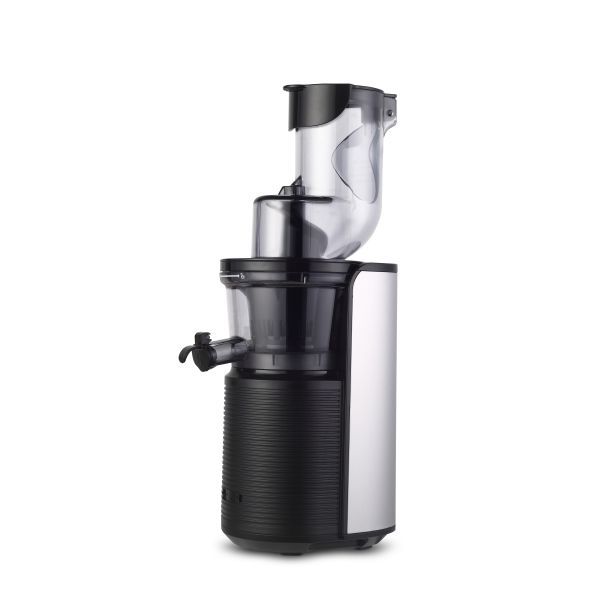Key Features of a Slow Press Juicer:
- Gentle Extraction Process: It uses an auger (a spiral-shaped device) to slowly press the produce, retaining more enzymes, vitamins, and minerals.
- Higher Juice Yield: Slow press juicers tend to extract more juice from fruits and vegetables compared to centrifugal juicers, reducing waste.
- Quiet Operation: These juicers are generally quieter due to their slow motor speed.
- Versatility: Many slow juicers can handle a wide variety of produce, including leafy greens, nuts for making nut milk, and even wheatgrass.
- Less Foaming and Separation: The slow process minimizes foam and separation, resulting in a smoother, more consistent juice.
- Longer Shelf Life: Juice from a slow press juicer can last longer (up to 72 hours) when stored properly, as there is less oxidation during the extraction process.
Advantages:
- Nutrient Retention: Cold press juicing preserves more nutrients compared to high-speed juicers.
- Better Flavor: The slow extraction process retains the natural flavor of the produce, resulting in a richer taste.
- Reduced Heat Production: With less heat generated during juicing, the integrity of the nutrients is maintained.
Disadvantages:
- Slower Process: It takes more time to juice compared to centrifugal juicers.
- More Expensive: Typically, slow press juicers are more expensive due to their advanced technology and higher juice yield.


